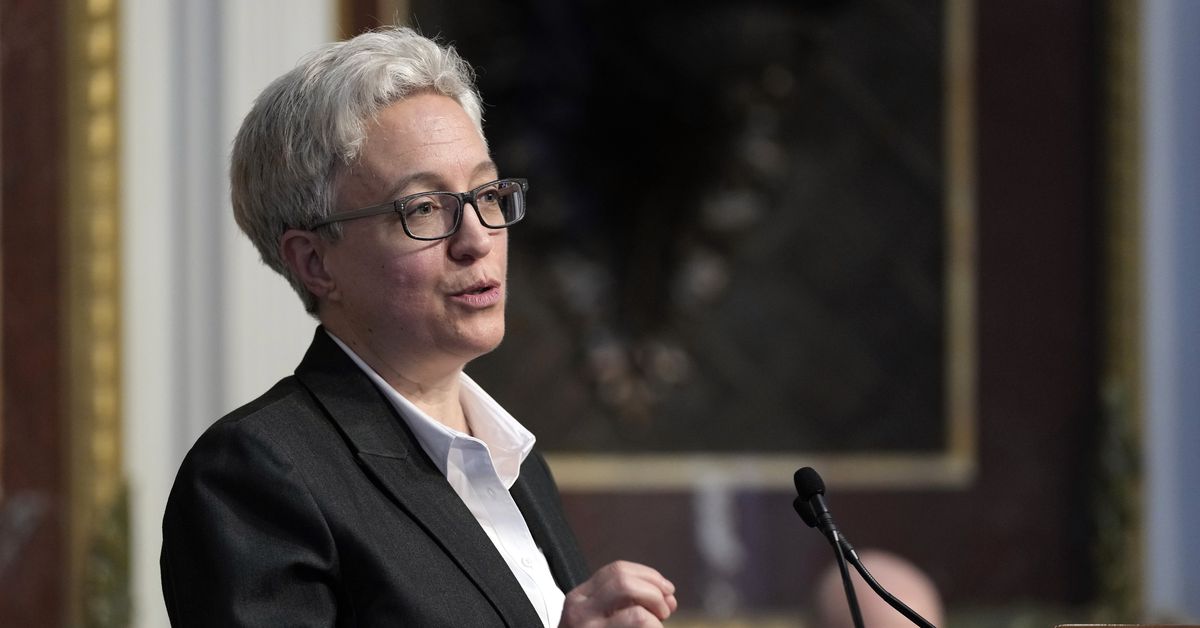- cross-posted to:
- news@lemmy.world
- cross-posted to:
- news@lemmy.world
States that didn’t change their drug policies are also experiencing an opioid crisis.
Yeah, much has been written in the past week or two about how Oregon is misguided and it’s a knee jerk reaction. Similar to how a (relatively) small spike in violent crime recently has caused many states to introduce harsh penalties. Our crime rates are nothing like in the 80s anyway
I’m pretty sure white-collar crimes have gone up since the 80s 😉
Which is pretty impressive since the 80s were very much KNOWN for yuppies, who of course caused an explosion in white collar crime compared to before.
I think the problem is we kept making movies out of it, showing how glamorous the lifestyle was. Crime seems like a lot of fun.
To be fair, some crimes ARE hella fun and a lot less harmful than conning people or the government out of money 😁
In some places, butt sex and weed are illegal… can you imagine?
Yes, I’m very skilled at imagining butt sex 😛
The availability heuristic at work. Media attention (including social media) draw attention to more extreme examples of crime, and people then perceive these events as being more likely because they are more readily accessible to the mind.
Not just that, but the entire circuit of right wing talk radio really grew in the past couple decades. It’s a lot of fear mongering
110 was a massive failure that needs to be un-done, any issues with less problematic drugs can be handled on a one by one basis like we did with marijuana.
The measure was a good idea. The implementation was a failure. The plan included opening rehabs and encouraging/requiring addicts to get treatment if caught, but that part of the plan was never implemented.
So they never really committed to measure 110. They only tried half of it. So strange that a good idea would fail when only half of it was implemented.
Requiring treatment was never part of the plan.
The idea was you give people a $100 citation, and they get it waived by calling a toll free treatment number.
Out of 16,000 citations, less than 150 people called the number.
Not entered treatment mind you, they never even called the number.
KGW news reports that the treatment facilities were never built and that the citations for this program were never created. They also report that special citations to issue and instructions to contact any number were never given to police. So, there were no “new” citations issued, no new instructions given to the recipients of the standard (pre 110 style) citations and so there is no reason to expect anyone to call anything.
This was an implementation issue from the very beginning. They never even tried to issue the new citations. They used their same old citations without giving any instructions to call anyone. And they never built the specific facilities to support any of the potential new citation recipients. The only part of measure 110 that seems to have been implemented was not jailing people for drug possession.
Police issued standard citations and a business card with the number to call and instructions to call the number to get the $100 ticket waived.
Out of 16,000 tickets, less than 150 people called.
We didn’t need to spend millions on treatment centers for < 150 people.
The folks supporting 110 argue more people would have called if we had given them “special” tickets. There’s absolutely no evidence for that.
So what did the 16,000 people actually DO?
Needle exchanges, methadone, nalaxone. All the things that let them keep using instead of getting clean.
Needle exchanges, methadone, nalaxone. All the things that let them keep using instead of getting clean.
2/3 of these are just things that let them not die as a result of use, and methadone is generally used to facilitate getting clean and minimizing withdrawal symptoms, so what exactly are you going on about here? People will use heroin regardless, but if you would prefer more entirely avoidable deaths, sure, get rid of needle exchanges and nalaxone, and enjoy community transmission of HIV and Hepatitis going up along with overdose deaths. That’ll really teach 'em, I’m sure.
These aren’t programs that facilitate ongoing use amongst addicted populations, they’re just stop-gap measures that mitigate the worst outcomes within these groups, which impact everyone. If you think people are just going to stop shooting up because they can’t get a clean needle or might OD on something that’s been cut, I don’t know where you’ve been for the last 40 years.
Methadone CAN be used to get clean, is SUPPOSED to be used to get clean… Surprise! It’s also abused:
more people would have called if we had given them “special” tickets. There’s absolutely no evidence for that.
This statement is disingenuous. The citations aren’t “special” just because they are specific. The change in citation involves educating the recipient on the program and what will happen if they do not engage in the program. The “special” citations are clear, written instructions designed specifically to encourage addicted and often unhoused people to participate.
What was done instead was a small number of non-informative business cards (which were often not provided anyway) and regular (uninformative) tickets issued by officers who received zero training on encouraging participation in the program. There were no general orders created for police requiring them to provide instructions to ticket recipients and no training of any kind on implementing the new measure.
Police need to be trained and instructed on how to implement something like this. They can’t be expected to guess what’s needed or to make it up as they go. They cannot be expected to make an effective verbal sales pitch to an addict, or to even try without training. That is not an appropriate way to implement such a measure.
The few police who did their best to verbally explain it and handed out business cards did so on their own, without training or standard process. This program was simply never fully implemented.
The instructions were covered with the traditional ticket, verbal instructions, and the business card.
What makes you say it was a failure?
It didn’t do the #1 thing that was promised and that was get more people into treatment.
So we got all the problems from massive increased drug use, and none of the benefits of getting more people into treatment.
I understand your frustration, but I don’t think making drugs more illegal again is going to decrease the problem, though. The whole country is getting problems from increased drug use. The Fentanyl and Xylezene epidemic is all over the country now.
I think a better solution would be to actually force drug users into treatment when caught, don’t give them the option. Giving them criminal charges isn’t a push to getting an addict clean, though. It just makes it harder for them to find a job, which will lead to more despair and drug use.
Let me pose you two scenarios:
-
You get a $100 ticket, which you can ignore, or you can seek treatment.
-
You’re going to jail or get treatment. Pick one.
Which one do you think is going to be more effective in guiding people to treatment?
We know #1 was useless. Less than 1% chose treatment.
Small studies on #2 show it works. You can’t give them the choice.
https://www.yesmagazine.org/social-justice/2023/10/10/police-drug-crimes-treatment
I can’t agree with you more there. The way that Oregon decided to go about it was too lax. I was just adding that the way the rest of the country handles it isn’t the way to really help the problem either. That method is too harsh.
We need to decriminalize and regulate the drugs for harm reduction, and force users of hard drugs into treatment. I am totally okay with jail if they refuse the help. Just don’t ruin drug users lives even more with a criminal record, for the crime of ruining their own lives.
-





